The challenge of alleviating Yangtze River's shipping choke points
The Yangtze River is an important transportation route that has seen its freight volume exponentially grow over the years. Despite its importance in shipping key commodities such as coal and metal ores, challenges remain due to multiple factors. Academic Chen Hongbin notes that while the authorities have taken steps to rectify the issues around the coastlines, the structural limitations caused by bridges remain and will be hard to overcome.
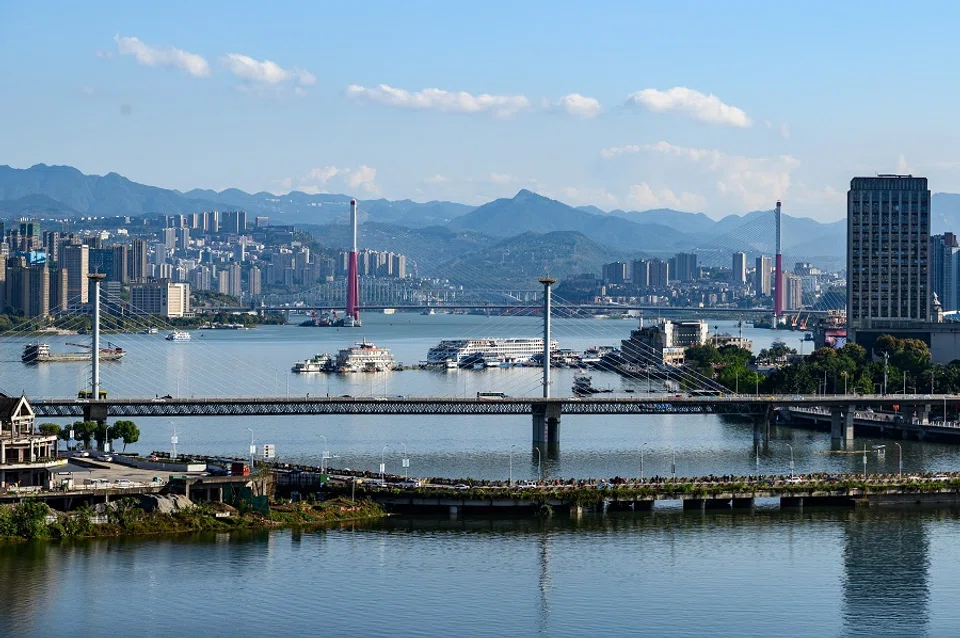
China's Yangtze River ranks first among inland rivers globally in terms of freight volume - thus it is known as the unparalleled "golden waterway". In 2022, its cargo throughput reached 3.59 billion tons, and it has 15 ports with a 100-million-ton capacity, and more than 100 countries or regions using it for navigation and commerce.
Developing the coastlines
Freight volume for the Yangtze River surpassed that of the Mississippi River to rank first globally in 2005, and every year since, leaving major rivers of other countries far behind.
The Mississippi River in the US ranked second with around 600 million tons in freight volume, while Europe's Rhine River ranked third at around 300 million tons. The Yangtze River's freight volume is four times that of the two combined. Clearly, the Yangtze River's top position in terms of freight volume for inland rivers globally is unshakeable.
The development of maritime shipping in the Yangtze River has been on the fast track in recent years, and it has become a veritable "golden waterway", continuously spurring high-quality development in the Yangtze River economic belt. During the early days of reform and opening up in 1979, freight volume for the region was a mere 40 million tons, but this figure has grown 90 times in the 43 years since, developing at an unimaginable speed.
In the past, the advantages of the river for maritime shipping were not fully realised because Yangtze River's coastline and ports were encumbered with issues such as haphazard misuse, occupying without utilisation, over-occupying with underutilisation, and a lack of oversight.
Maritime shipping in the Yangtze River developed at a breakneck pace because of the relatively low cost of shipping by sea.
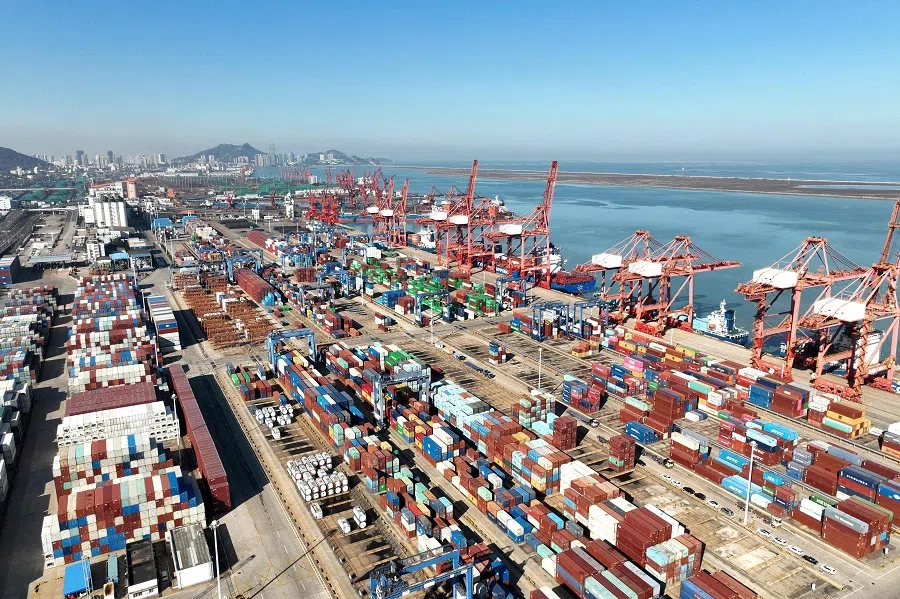
In recent years, provinces and cities along the river and basin, as well as relevant organizations, have focused on identifying and addressing the problems and root causes, and systematically implementing policies to spur the comprehensive improvement of the Yangtze River's coastline. This included the complete removal or rebuilding of 1,361 illegal ports, putting a stop to illegal sand mining, rectifying illegal shipping, reconstructing the coastlines, and gradually building green ecological corridors along both sides of the coast.
The advantage of transporting via this "golden waterway" has created along its coastlines a "steel corridor", "petrochemical corridor", "automobile corridor", "electric power corridor" as well as an agricultural economic industrial belt.
Cost benefit of maritime shipping
The ease of navigation around the Yangtze River has greatly improved, which led to the formation of the modern "golden waterway". Mileage through the main and tributary high-grade inland waterways of the Yangtze River amounts to tens of thousands of kilometres. Meanwhile, 50,000-, 10,000-, 3,000- and 2,000-ton vessels sail direct to Nanjing, Wuhan, Chongqing and Yibin respectively, forming a water highway that "links Sichuan, Chongqing and Hunan; traverses Hubei, Jiangxi and Anhui; and connects Jiangsu, Zhejiang and Shanghai".
Maritime shipping in the Yangtze River developed at a breakneck pace because of the relatively low cost of shipping by sea. According to calculations, maritime shipping costs 50-60%, 12-15% and 4-6% of the cost of shipping by railway, road and air respectively. Maritime shipping thus offers unmatched economic benefits. For several years, China's Transport Ministry has strongly pushed for the switch from shipping by road and railway to maritime shipping. The results are clear.
Due to the high economic benefits of maritime shipping, the Yangtze River transports 80% of China's metal ores and coal. The advantage of transporting via this "golden waterway" has created along its coastlines a "steel corridor", "petrochemical corridor", "automobile corridor", "electric power corridor" as well as an agricultural economic industrial belt.
Besides spurring economic development along the coastlines, the river also brought about development and growth in maritime shipping-related industries such as port storage, infrastructure maintenance, shipbuilding and channel dredging.
... in 1976, the first 50,000-ton oil tanker produced domestically in China hit the waters, which explains why the Nanjing Yangtze River Bridge - designed in the early 1950s and operational in 1968 - had a clearance height of only 24 metres.
Several choke points
However, further development of the Yangtze River's maritime transportation potential is met with an insurmountable obstacle. The Nanjing Yangtze River Bridge's low vertical navigational clearance has severely affected crossings for large vessels.
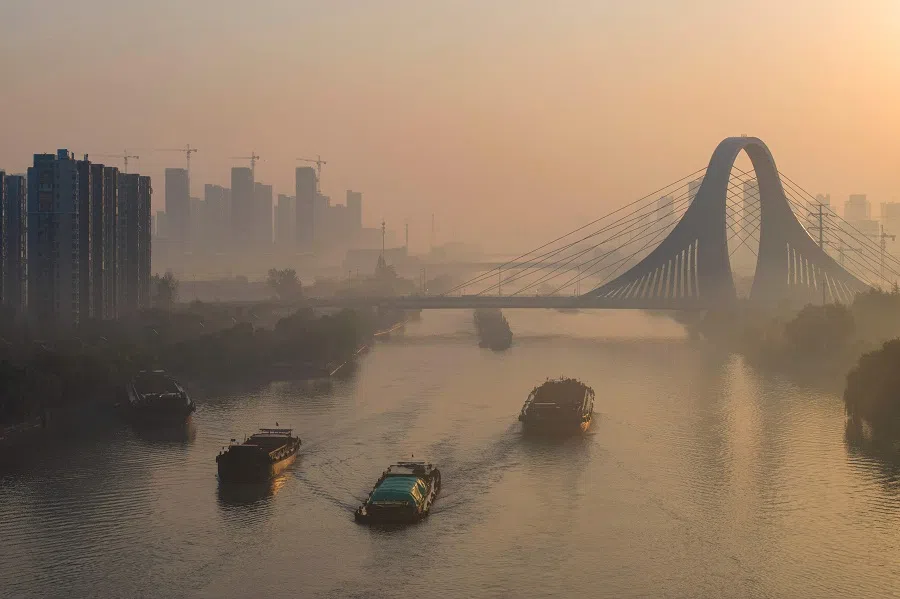
In 1949, freight volume for the river reached only 1.91 million tons; it was unimaginable then to think that half a century later, this figure would grow more than 1,000 times! In 1976, the first 50,000-ton oil tanker produced domestically in China hit the waters, which explains why the Nanjing Yangtze River Bridge - designed in the early 1950s and operational in 1968 - had a clearance height of only 24 metres.
The 50,000-ton bulk carriers typically need a clearance of 30 metres and above, and the present height limit seriously impedes the utilisation of the upstream Nanjing waters. If the clearance height can be increased by ten metres or so, it would allow for larger vessels to navigate through the waters upstream, and the "golden waterway" would see greater use. But we cannot fault the designers back then; this is a limitation caused by the times.
For example, China's inland waterway transport saw a total freight volume of 4.4 billion tons in 2022, with Jiangsu province's total freight volume reaching over 2.8 billion tons, accounting for over half of the total. The neighbouring Anhui province only saw a total freight volume of 600 million tons, a far cry from Jiangsu's figures. Although Hubei province has the longest shoreline of the Yangtze River, its total freight volume reached only 560 million tons.
... there is now a series of choke points, and simply removing just one or two does nothing to help with the situation.
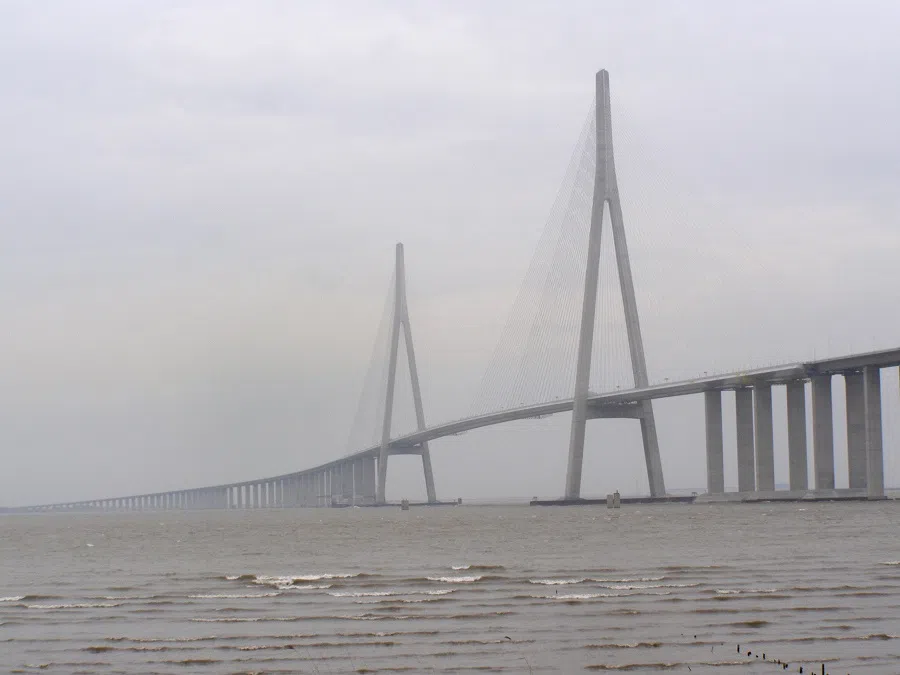
In Jiangsu, the Sutong Yangtze River Bridge has a navigational clearance of 62 metres, while the Jiangyin and Runyang Yangtze River Bridges have a navigational clearance of 50 metres. Every metre of increase in the bridge's height would require a significantly larger amount of investment.
But the return on investment of Jiangsu's forward-looking investment is obvious. The Nanjing Yangtze River Bridge has now become a choke point in the Yangtze River's shipping and transportation, and China's shipping industry has also deliberated on ways to eliminate this choke point.
But because of the precedent set by the Nanjing Yangtze River Bridge, the navigational clearance of the subsequent Second and Third Nanjing Yangtze Bridges, as well as that of the Wuhu and Tongling Yangtze River Bridges in Anhui and other bridges upstream of the Nanjing Yangtze River Bridge, were maintained at around 24 metres.
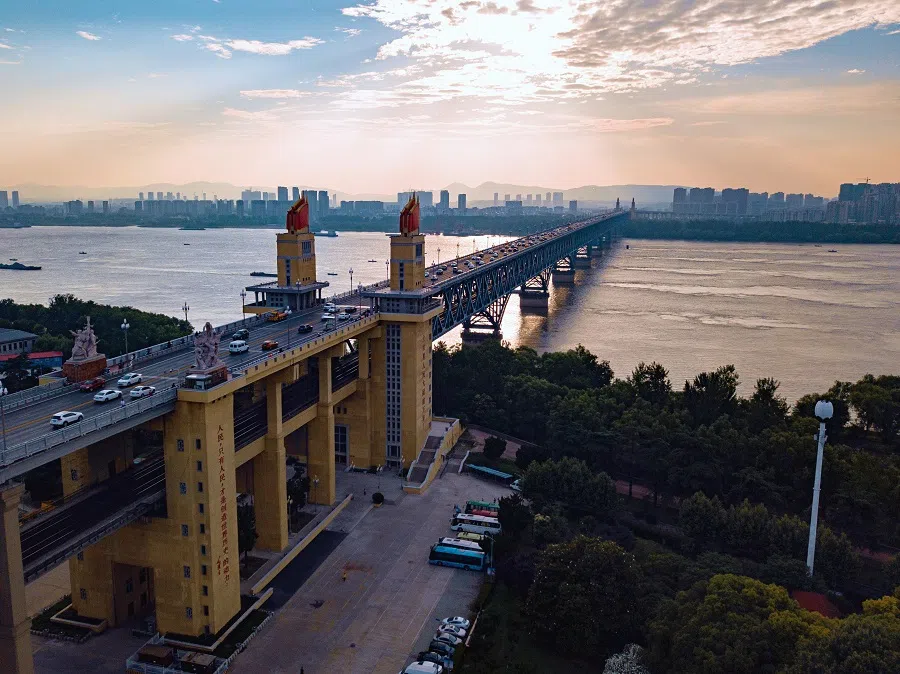
That is to say, there is now a series of choke points, and simply removing just one or two does nothing to help with the situation. Hence, after seagoing vessels transport bulk cargo to the Port of Nantong, they must be transferred to river ships with smaller tonnage, which significantly increases costs.
Inefficient coal transportation by train
The surge in freight volume on the Yangtze River is related to China's somewhat irrational transportation pattern. As aforementioned, the Yangtze River transports 80% of the country's coal, reaching about 550 million tonnes in 2022. China's coal production is concentrated in Shanxi, Inner Mongolia and Shaanxi, while the eastern, southern and central regions are the main coal consumers, whereby a large amount of coal electricity generation is needed to support their economic and social development.
Coal transported on the main waterway of the Yangtze River mainly travels up the river from Jiangsu's Port of Nantong, among others, to central China regions such as Jiangxi, Hubei and Hunan.
China's three specialised coal transporting rail lines - Daqin (Datong-Qinhuangdao railway), Shuohuang (Shuozhou-Huanghua railway) and Wari (Watang-Rizhao railway) traverse from Shanxi to Hebei or Shandong transport millions of tonnes of coal from the coal-producing areas to the aforementioned ports every day.
The cargo is then loaded onto ships travelling southwards to the ports at the mouth of the Yangtze River, where they are unloaded again and shipped to central China. The annual freight volume of the Daqin railway alone has exceeded 400 million tonnes.
If the railway has sufficient transportation capacity, the direct transportation of coal from coal-producing areas to central China will certainly be more efficient than the roundabout method of transportation from trains to seagoing vessels and then to river ships.
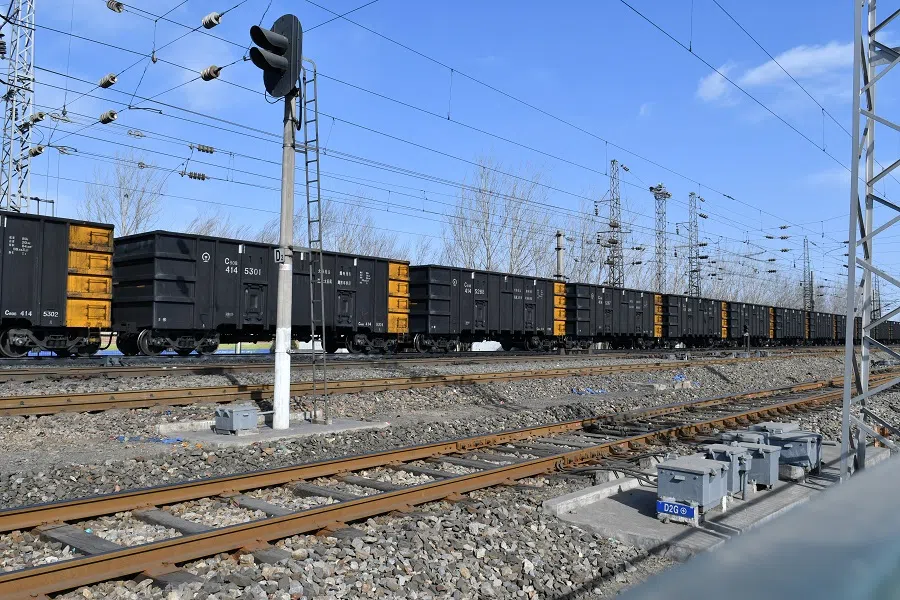
If the railway has sufficient transportation capacity, the direct transportation of coal from coal-producing areas to central China will certainly be more efficient than the roundabout method of transportation from trains to seagoing vessels and then to river ships. For example, the railway distance from Datong to Wuhan, a major city in central China, is around 1,230 kilometres, but the roundabout transportation method spans over 2,900 kilometres, coupled with two loading and unloading processes.
Although the Chinese government spent nearly 200 billion RMB (US$37 billion) on a coal-transporting rail line spanning over 1,813 kilometres from Ordos in Inner Mongolia to Ji'an in Jiangxi, and its capacity continues to grow every year since it began operations in 2019, its total freight volume only reached 90 million tonnes in 2022. This is far from meeting the huge coal demand of various central China regions. Thus, there is still a steady stream of cargo ships transporting coal on the Yangtze River.
Focus on larger inland ports
As cargo loading and unloading efficiency directly affects the profits of cargo ship owners in the Yangtze River, more of them are focusing on larger inland ports along the Yangtze River with higher loading and unloading efficiency in recent years, leaving ports with lower loading and unloading efficiency disturbingly empty. For example, in December 2022, among China's 97 inland ports, 13 were without a single ship berthing to load and unload cargo. This demonstrates that Yangtze River ports are in oversupply.
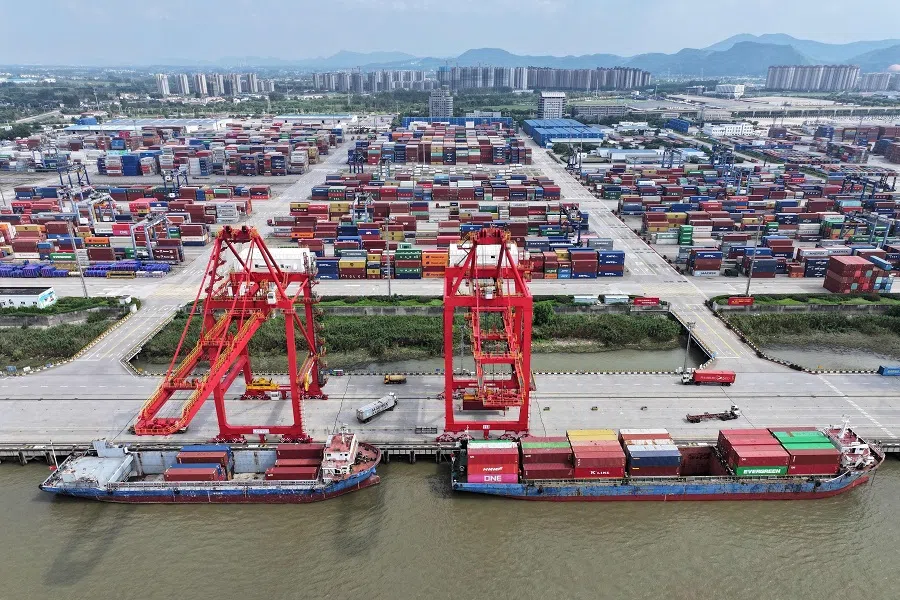
Even under such obvious constraints, the Yangtze River's freight efficiency still soared. Were it not for the man-made constraint of the bridges' insufficient navigational clearance, the massive efficiency that the Yangtze River could achieve would be even more unimaginable.





